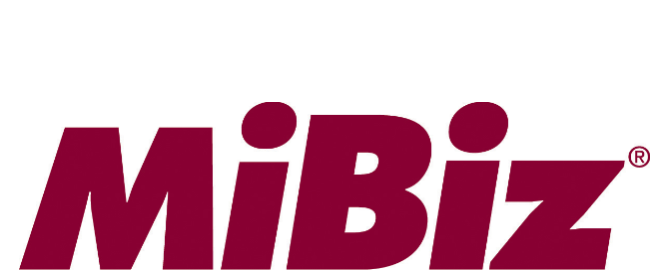The automotive dealership industry is unique because each dealership is in a constant state of construction, remodeling, expanding or purchasing existing properties. The only way to ensure this constant state of flux doesn’t bankrupt a dealership is to review these assets to determine the shortest recovery life possible, expensing in the current tax year.
By taking advantage of all eligible tax deductions it opens up cash flow for your dealership that would have otherwise been lost. A fixed asset review can easily be done by having a cost segregation study performed.
The Tax Cut and Jobs Act or TCJA was the most sweeping tax code change in 30 years and has significant impact on the automotive dealership industry along with the tax incentives that allow you to obtain the benefit from a cost segregation study.
There are three significant aspects of the TCJA that when combined make for an interesting ride for auto dealerships looking to obtain their rightful tax deductions. Let’s take a look.
Section 179
The TCJA expanded section 179 from a $510,000 limit to $1 million and now includes improvements it did not previously such as: roofing, fire protection and alarm systems. All of which are large expenses for an auto dealership in the midst of new construction or remodeling.
Floor Plan Interest
The TCJA preserved the 100% deduction of floor plan interest. If you are eligible for floor plan interest you must claim it, it is not optional. However, there is a catch. If you are eligible you cannot claim bonus depreciation. This doesn’t mean an automatic sigh and slump in your chair, not all dealerships qualify for floor plan interest and bonus depreciation is not the only aspect of a cost segregation that benefits auto dealerships.
Bonus Depreciation
Bonus Depreciation was highly expanded with the TCJA. It was increased from 50% to 100% and applies to both new and used properties acquired through December 31, 2022. This is an unheard of expansion of bonus depreciation and has such a significant impact that the National Automobile Dealers Association (NADA) is currently working through hearings with the IRS demanding the 100% bonus depreciation because the TCJA eliminated the like-kind exchange tax benefit for all but real property. We expect to see continued discussion on this topic over the next several months.
Although some automotive dealerships won’t be able to benefit from the expansion of bonus depreciation because of the changes with the TCJA it does not eliminate the enormous financial impact that a cost segregation study has for an auto dealership.
To find out more please contact speak to your Advisor today!








